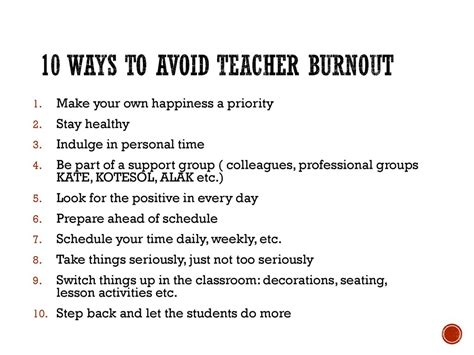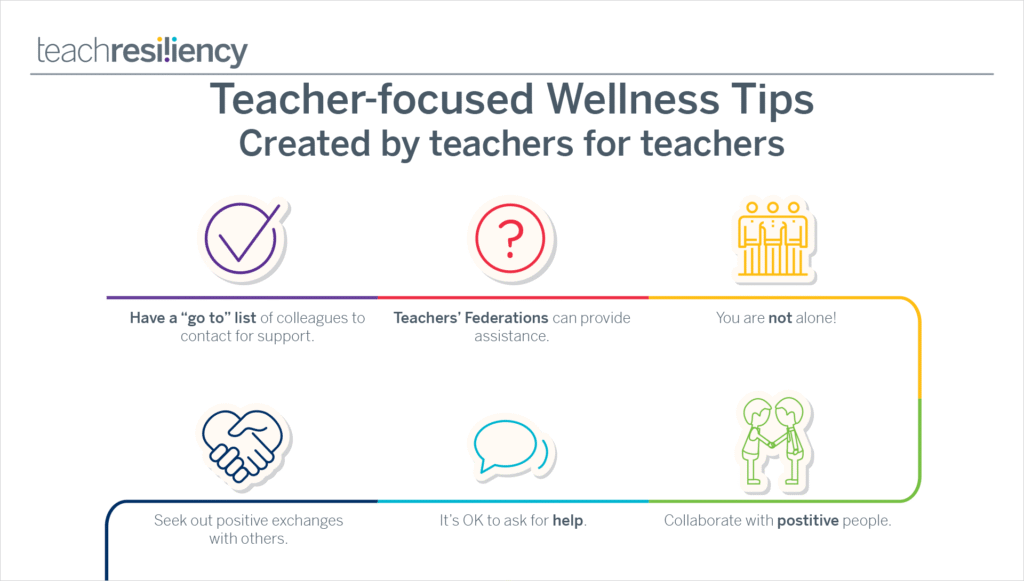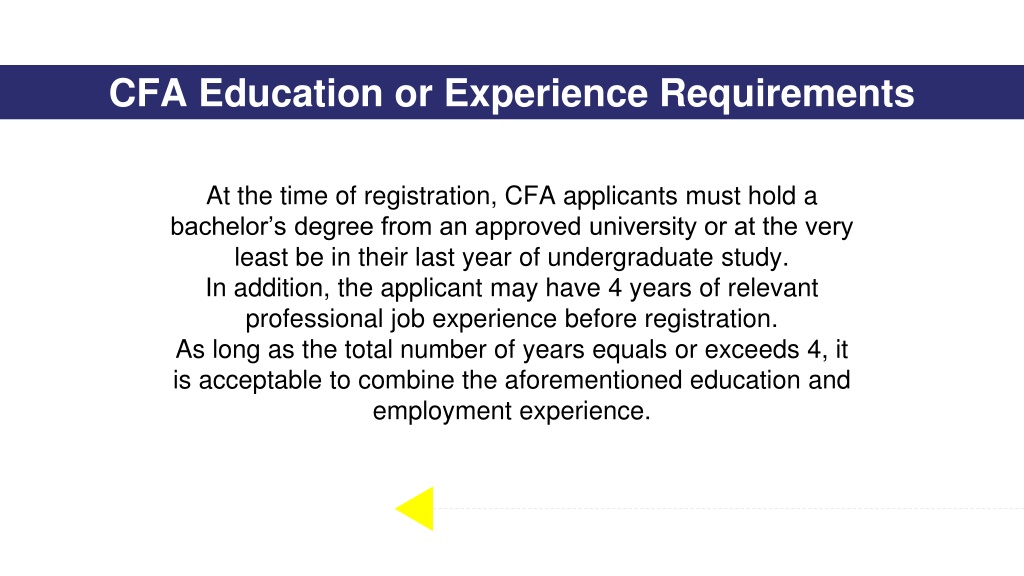Teacher Burnout Prevention
Teacher Burnout Prevention: Teacher burnout is a growing concern in educational systems worldwide. Recent studies indicate that a significant number of educators experience feelings of burnout, leading to decreased job satisfaction and increased turnover rates. One of the primary contributors to this phenomenon is compassion fatigue—a state of physical and emotional exhaustion caused by the prolonged exposure to the suffering of others. This article explores the latest strategies for preventing teacher burnout through the awareness and management of compassion fatigue.

Understanding Teacher Burnout and Compassion Fatigue
Teacher Burnout
Teacher burnout is characterized by emotional exhaustion, depersonalization, and a reduced sense of personal accomplishment. It often results from chronic workplace stressors, including high workloads, lack of support, and challenging student behaviors. The COVID-19 pandemic has exacerbated these issues, leading to a surge in burnout rates among educators.
Compassion Fatigue
Compassion fatigue, often referred to as secondary traumatic stress, occurs when educators become overwhelmed by the emotional demands of caring for students, particularly those experiencing trauma or distress. Symptoms include emotional numbness, irritability, and a diminished capacity for empathy.

Strategies for Preventing Teacher Burnout through Compassion Fatigue Awareness
1. Promoting Self-Care Practices
Encouraging educators to engage in self-care activities is crucial. This includes regular exercise, adequate sleep, healthy eating, and mindfulness practices such as meditation and yoga. These activities help replenish emotional reserves and reduce stress levels.
2. Establishing Boundaries
Teachers should be supported in setting clear boundaries between work and personal life. This involves limiting work-related communications outside of school hours and ensuring that educators take regular breaks to recharge.

3. Providing Professional Development
Offering training on recognizing and managing compassion fatigue can equip educators with the tools they need to cope with the emotional demands of teaching. Professional development programs should include topics such as stress management, emotional resilience, and trauma-informed teaching practices.
4. Fostering Supportive Work Environments
Creating a supportive school culture where educators feel valued and connected is essential. This can be achieved through regular team meetings, peer support groups, and open communication channels with administration.
5. Implementing Compassion Fatigue Resiliency Training
Schools should consider implementing compassion fatigue resiliency training programs. These programs educate educators on the risks of compassion fatigue, raise awareness about its symptoms, and teach coping strategies such as self-compassion and stress reduction techniques.

The Role of Educational Institutions in Burnout Prevention
Educational institutions play a pivotal role in preventing teacher burnout. By prioritizing teacher well-being, schools can create an environment that supports both educators and students. This includes providing adequate resources, reducing unnecessary administrative tasks, and ensuring manageable class sizes.
Conclusion
Preventing teacher burnout requires a multifaceted approach that includes raising awareness about compassion fatigue, promoting self-care, establishing boundaries, providing professional development, and fostering supportive work environments. By implementing these strategies, educational institutions can enhance teacher well-being, improve job satisfaction, and ultimately provide better outcomes for students.

Frequently Asked Questions (FAQs)
1. What is the difference between teacher burnout and compassion fatigue?
Teacher burnout is a state of physical and emotional exhaustion due to chronic workplace stressors, while compassion fatigue is the emotional toll taken on educators who are exposed to the suffering of their students.
2. How can schools support teachers in preventing burnout?
Schools can support teachers by offering professional development on stress management, creating a supportive work environment, and ensuring manageable workloads.
3. Are there specific self-care practices that can help prevent compassion fatigue?

Yes, practices such as mindfulness meditation, regular physical activity, adequate sleep, and engaging in hobbies can help prevent compassion fatigue.
4. Can compassion fatigue be reversed?
With appropriate interventions, such as counseling, peer support, and self-care practices, educators can recover from compassion fatigue.
5. Why is it important for educational institutions to address teacher burnout?
Addressing teacher burnout is crucial because it leads to improved teacher retention, better student outcomes, and a healthier school environment.
Free Download: Love is Undead APK
